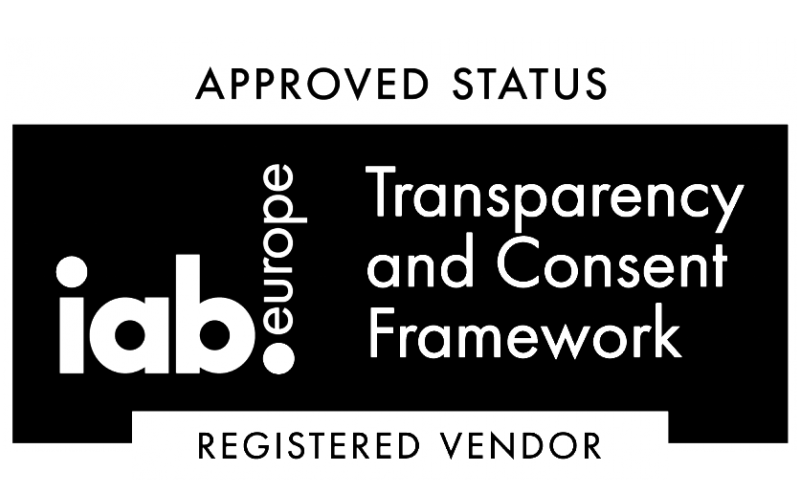5 Fintech Trends You Should Know About

Financial technology, most commonly known as fintech, continues to evolve at a staggering pace, driven by technological advancements, regulatory changes, and shifting consumer expectations. As we move further into 2025, several key trends are reshaping the financial landscape, from AI-powered banking to decentralized finance. Throughout this article, we will explore the most impactful fintech trends, drawing insights from industry reports, including FinTech 2025 by Zertiban.
Artificial Intelligence and Machine Learning
Artificial Intelligence and machine learning are revolutionizing financial services by enhancing efficiency, personalization, and security:
AI-Powered customer service: chatbots and virtual assistants, powered by natural language processing provide 24/7 customer support, reducing operational costs for banks.
Fraud detection and risk management: AI algorithms analyze transaction patterns in real time to detect anomalies and prevent fraud.
Personalized financial advice: robo-advisors leverage AI to offer tailored investment strategies based on user behavior and risk tolerance.
According to FinTech 2025, AI adoption in banking is expected to grow by over 30% annually, with major institutions integrating AI into credit scoring, loan underwriting, and compliance.
The Rise of Embedded Finance
Embedded finance integrates financial services into non-financial platforms, creating seamless user experiences:
Buy now, pay later: e-commerce platforms and retailers increasingly offer instant financing options at checkout.
Banking-as-a-service: fintech firms and neobanks provide APIs that allow businesses to embed banking features (e.g., payments, lending) into their apps.
Insurance embedded in purchases: travel and retail companies now offer micro-insurance at the point of sale.
The FinTech 2025 report highlights that embedded finance will account for over 10% of global financial transactions by 2025, driven by partnerships between fintechs and traditional businesses.
Blockchain and Decentralized Finance
Blockchain technology is disrupting traditional finance by enabling decentralized, transparent, and secure transactions:
Smart contracts: self-executing contracts automate agreements without intermediaries, reducing costs and delays.
Tokenization of assets: real-world assets are being digitized and traded on blockchain platforms.
Growth of DeFi platforms decentralized lending, borrowing, and trading are gaining traction, with total value locked in DeFi protocols surpassing $200 billion.
However, regulatory challenges remain, as governments seek to balance innovation with consumer protection.
Central Bank Digital Currencies
Governments worldwide are exploring or piloting CBDCs to modernize payment systems and enhance monetary policy:
Digital Yuan (China): already in advanced testing, China’s CBDC aims to reduce reliance on cash and strengthen financial oversight.
Digital Euro & Dollar: the European Central Bank and the U.S. Federal Reserve are researching CBDCs to maintain competitiveness in digital payments.
Open Banking and Data Sharing
Open banking mandates such as the PSD2 in Europe require banks to share customer data with third-party providers, fostering innovation:
Personal Finance Management apps: aggregators like Mint and Yolt use open banking to give users a holistic view of their finances.
Enhanced lending decisions: lenders leverage transaction data for more accurate credit assessments.
By 2025, open banking is expected to expand globally, with Asia and Latin America adopting similar frameworks.
Wrapping Up
The fintech landscape in 2025 is defined by AI-driven automation, embedded finance, blockchain disruption, and regulatory evolution. As financial services become more digital, inclusive, and secure, businesses and consumers alike must adapt to these transformative trends. Staying ahead will require continuous innovation, collaboration between fintechs and traditional institutions, and a proactive approach to regulatory compliance.
By embracing these trends, the financial industry can unlock new opportunities, enhance customer experiences, and build a more resilient and sustainable future.
Stay tuned!

- Contacto DPO: privacy@telecoming.com
- Finalidad del tratamiento: suscripción al blog.
- Legitimación del contrato: consentimiento.
- Destinatario de cesiones o transferencias: no se efectúan transferencias de datos fuera de la UE.
- Derechos de las personas interesadas: acceso, rectificación, supresión, oposición, limitación del tratamiento, portabilidad de los datos e interposición de reclamación ante la AEPD.



